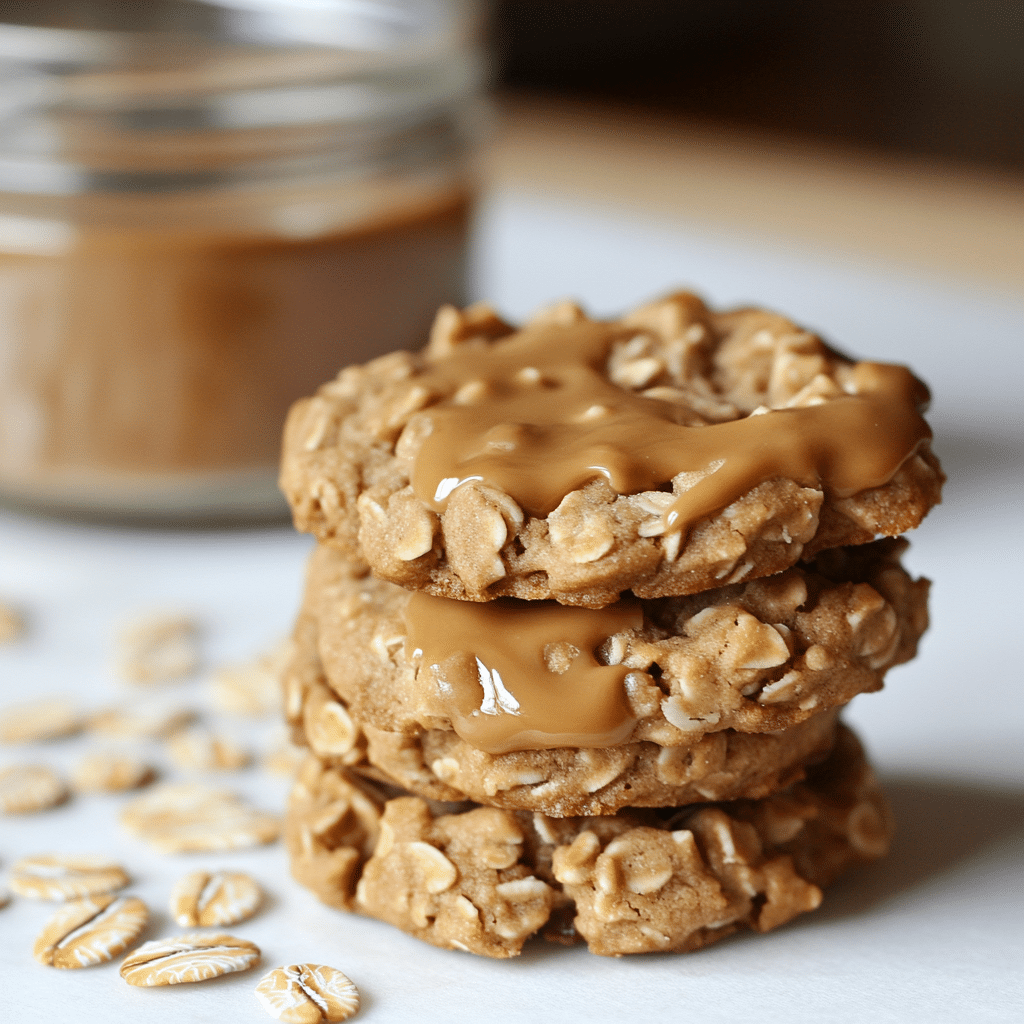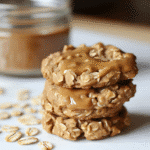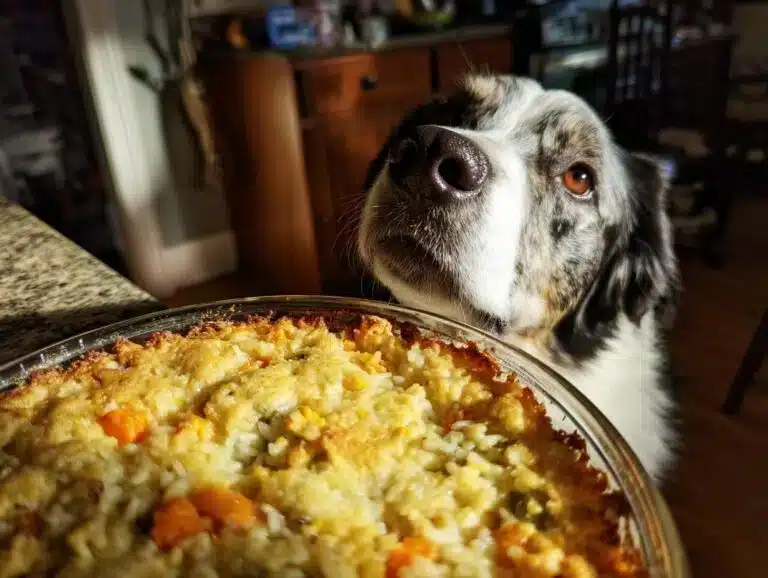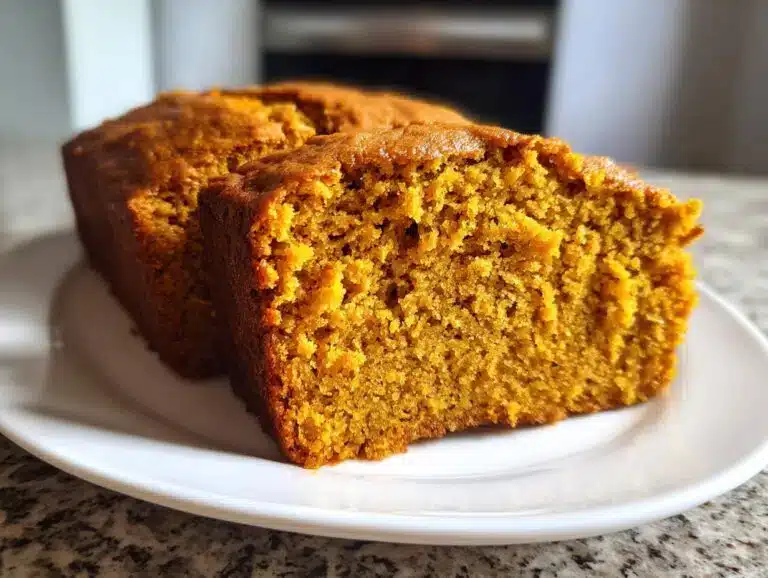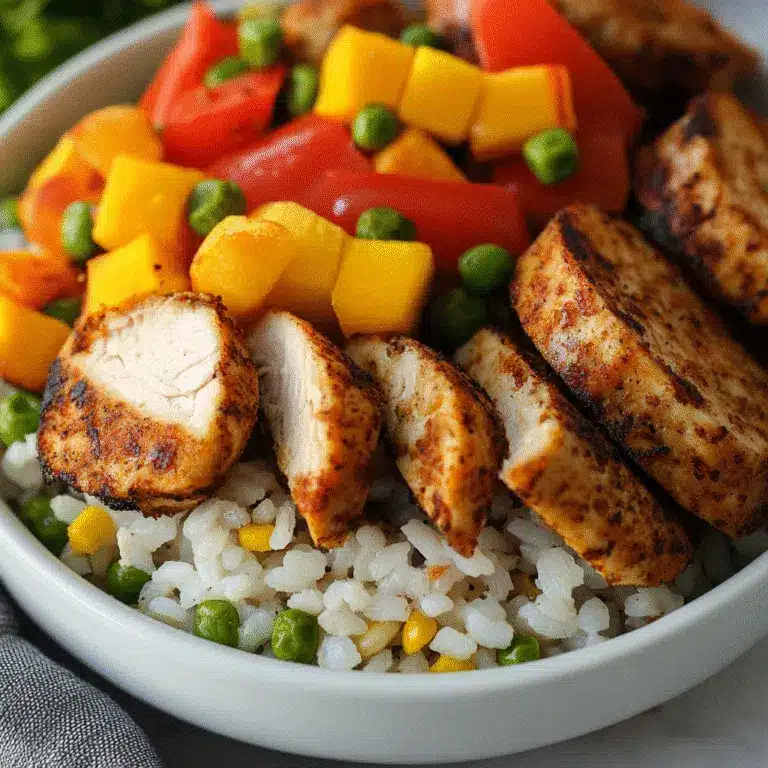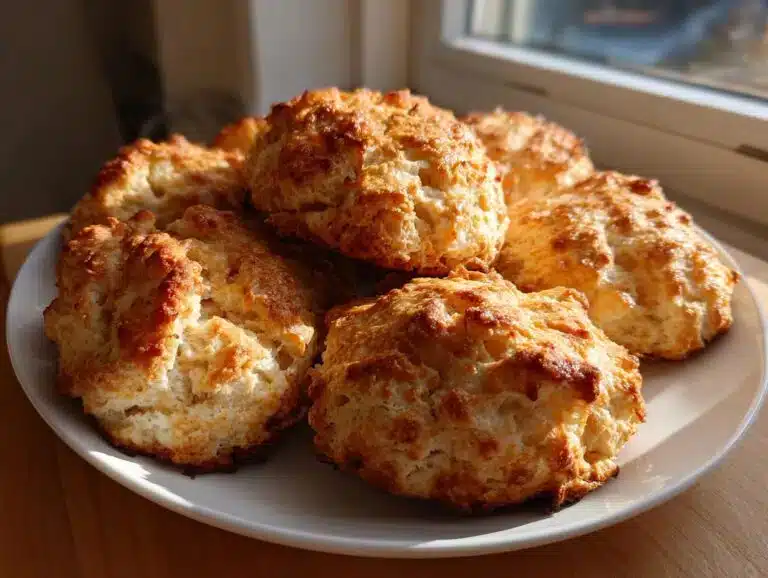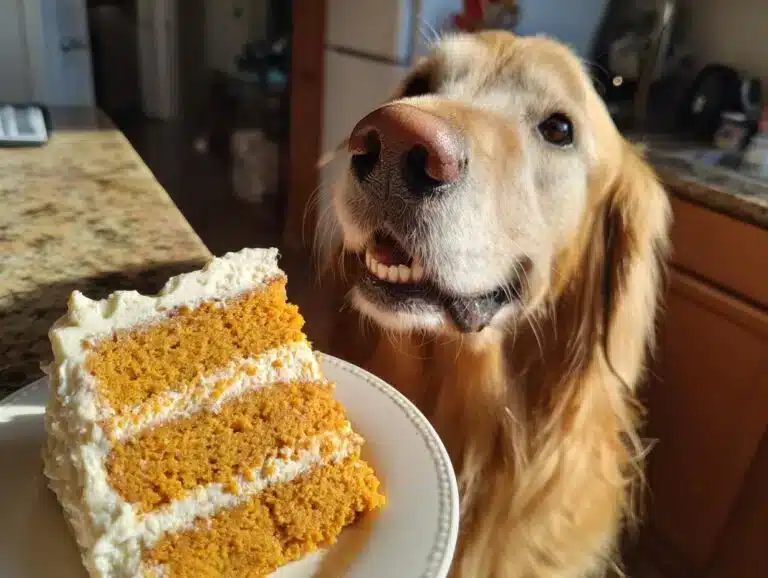If you’re a dog parent who cares about what goes into your furry friend’s belly, you’ve probably looked at those fancy store-bought treats and thought, “Can I make something healthier and cheaper at home?” That’s where Peanut Butter and Oat Dog Cookies come in. These wholesome, easy-to-make treats are packed with flavor, nutrients, and tail-wagging goodness.
In this guide, you’ll learn why peanut butter and oats are a top-notch combo for your dog, how to safely make treats at home, and what recipes are best for different breeds and sizes. You’ll also get tips on ingredients, storage, and common pitfalls to avoid when baking at home.
Looking for inspiration? Try 3-Ingredient No-Bake Dog Treats for another quick, healthy option.
1. Why Peanut Butter and Oat Dog Cookies Are Gaining Popularity
The rising demand for homemade dog treats
Homemade dog cookies are booming—and for good reason. Pet parents today are more informed and more cautious about the ingredients in commercial dog treats. A quick scan of labels often reveals preservatives, fillers, and artificial flavors that offer no nutritional benefit.
As awareness around dog nutrition increases, many owners are turning to homemade recipes. They want something natural, safe, and vet-approved, and cookies made with peanut butter and oats check all those boxes. Plus, these cookies are often cheaper, fresher, and can be customized to fit your dog’s dietary needs.
Another driving factor is the rising number of food allergies and sensitivities in dogs. With homemade treats, you know exactly what’s going in, making it easier to manage allergies.
Health benefits of using peanut butter and oats for dogs
Peanut butter is more than just a delicious sticky mess—when used right, it’s a nutrient-dense snack for dogs. It’s packed with healthy fats, protein, vitamin B, and niacin, all of which support energy levels, skin health, and a shiny coat. Just make sure you’re using xylitol-free, unsalted peanut butter, as xylitol is toxic to dogs.
Oats, on the other hand, are a great source of fiber and slow-releasing carbs. They help regulate digestion and maintain blood sugar levels. Oats are especially good for dogs with wheat allergies, as they provide a gluten-free grain alternative.
2. Are Peanut Butter and Oatmeal Safe for Dogs?
Nutritional profile of peanut butter and oats
Let’s break it down a bit further. Both peanut butter and oats offer solid nutritional value when given in moderation:
| Ingredient | Key Nutrients | Benefits |
|---|---|---|
| Peanut Butter | Protein, Healthy fats, Niacin, B12 | Energy, skin health, shiny coat |
| Oatmeal | Fiber, Iron, Manganese, B Vitamins | Digestion, heart health, energy |
When combined into a cookie or treat, these ingredients create a balanced, moderate-calorie snack that’s perfect as a training reward or daily treat.
Risks and what to avoid in ingredients
Now, before you grab any jar of peanut butter or instant oatmeal, take a step back. Some ingredients commonly found in these products can be dangerous to dogs.
Here’s what to avoid:
- Xylitol: A common sweetener that’s extremely toxic to dogs
- Salted peanut butter: Too much sodium can affect kidney function
- Instant oats with additives: Flavored oatmeal often contains sugar or artificial flavors
- Chocolate, raisins, or nuts: Sometimes found in oat mixes, all harmful to dogs
Discover great ideas like Pumpkin and Peanut Butter Dog Treats to mix up your treat recipes safely.
3. Simple Peanut Butter and Oat Dog Cookies Recipes
Classic 4-ingredient oven-baked recipe.
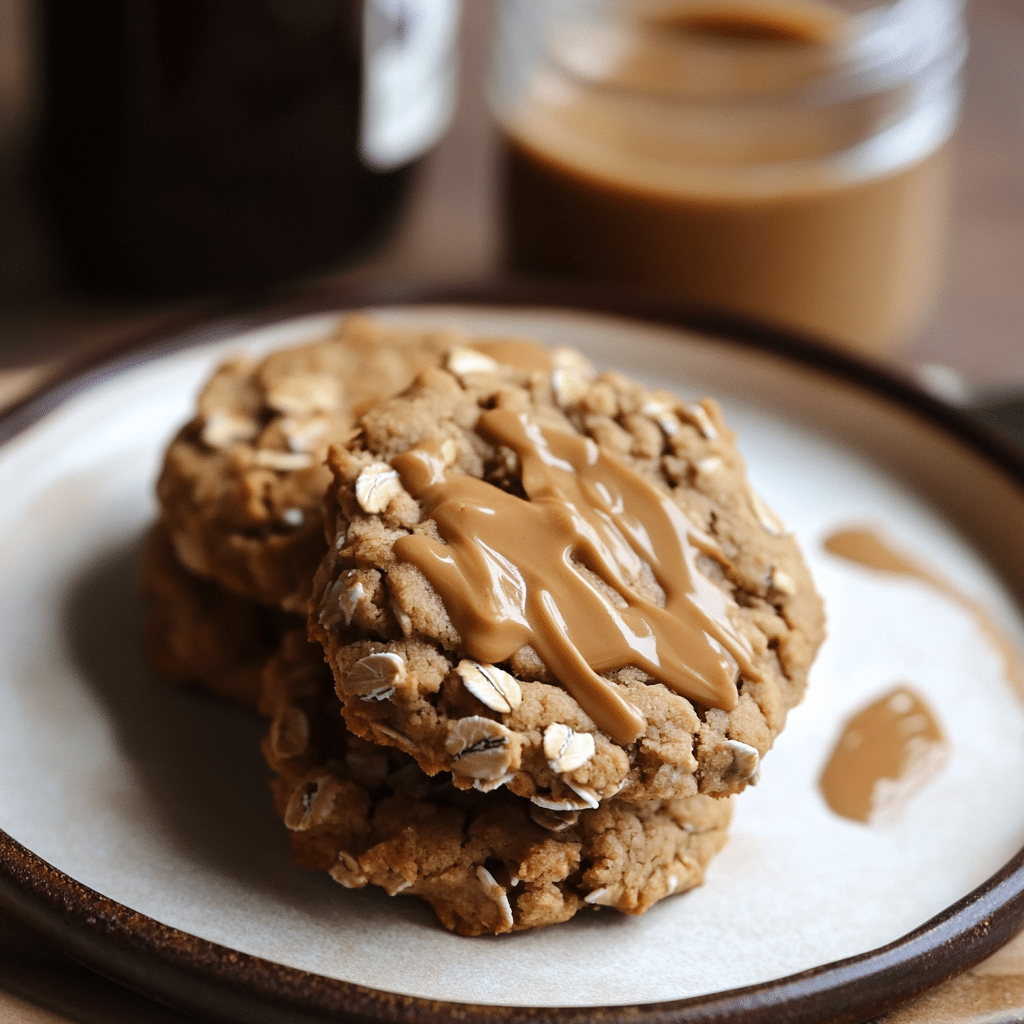
Here’s a tried-and-true baked dog cookie recipe that’s super easy and uses just four pantry staples:
Ingredients:
- 1 cup rolled oats
- ½ cup all-natural peanut butter (xylitol-free)
- 1 egg
- ¼ cup water (add more if needed for texture)
Instructions:
- Preheat your oven to 350°F (175°C).
- Combine all ingredients in a large bowl.
- Mix until a dough forms.
- Roll out on a floured surface and use a cookie cutter.
- Bake for 12–15 minutes or until golden brown.
- Cool before serving.
These cookies are crispy, aromatic, and best of all—dog-approved.
No-bake peanut butter oat dog treat version
If you want to skip the oven, you can make a no-bake version that’s just as nutritious. Here’s how:
Ingredients:
- 1 cup quick oats
- ½ cup peanut butter
- 1 banana (mashed)
Instructions:
- Mash banana in a bowl, then add peanut butter and oats.
- Mix well until a sticky dough forms.
- Roll into small balls or flatten into small patties.
- Refrigerate for 1 hour until firm.
These are soft treats, ideal for older dogs or those with sensitive teeth.
4. 3-Ingredient Peanut Butter Dog Biscuits
Ingredients and prep steps
This ultra-simple version is perfect if you’re short on time but still want to treat your pup with something special.
Ingredients:
- 1 cup peanut butter
- 1 cup oat flour (you can blend rolled oats into a powder)
- 1 egg
Instructions:
- Preheat oven to 350°F.
- Mix all ingredients until doughy.
- Roll into balls or shape with a cutter.
- Place on parchment-lined baking sheet.
- Bake for 10–12 minutes.
That’s it. You now have a batch of crunchy, satisfying dog cookies made with only three ingredients!
Don’t miss our Homemade Pill Pockets for Dogs—perfect for sneaking in meds the tasty way.
Storage and serving suggestions
Homemade cookies don’t last forever like commercial treats. Store them in an airtight container and keep in the fridge for up to 10 days, or freeze them for up to 2 months. Serve one or two a day depending on your dog’s size and activity level.
Make sure to monitor your dog’s reaction the first time you introduce a new treat. Every dog is different, and what works for one pup might not work for another.
5. Ingredient Tips: Mixing Peanut Butter and Oatmeal Safely
The best kind of oats and peanut butter to use
Not all oats—or peanut butters—are created equal. Choosing the right type of ingredients makes a huge difference in your dog’s health and how well the cookies turn out.
Best oats for dog cookies:
- Rolled oats: Ideal texture and nutrition for cookies
- Steel-cut oats: Too hard unless cooked beforehand
- Quick oats: Okay for no-bake recipes, but less fiber
Avoid any oat packets labeled “instant” or “flavored.” These often include additives like sugar, chocolate, or xylitol that are dangerous to dogs.
Best peanut butter for dogs:
- Look for unsalted, unsweetened peanut butter
- Choose jars labeled “xylitol-free”
- Organic options are preferable, but not essential
Using the right ingredients helps avoid upset stomachs or worse. When in doubt, always read the labels.
Ingredients to never mix with oatmeal for dogs
While oatmeal itself is safe, pairing it with the wrong items can lead to health issues. Here’s a list of what not to mix with oatmeal:
| Unsafe Ingredient | Why It’s Harmful |
|---|---|
| Xylitol | Highly toxic to dogs, can be fatal |
| Chocolate | Contains theobromine, poisonous to pets |
| Raisins & Grapes | Can cause kidney failure |
| Artificial sweeteners | Upset stomach, toxicity risks |
| Macadamia nuts | Toxic and can cause weakness or vomiting |
So yes, you can mix peanut butter and oatmeal, but only with safe, dog-friendly variations.
6. Customizing Your Dog Cookies for Different Breeds and Sizes.
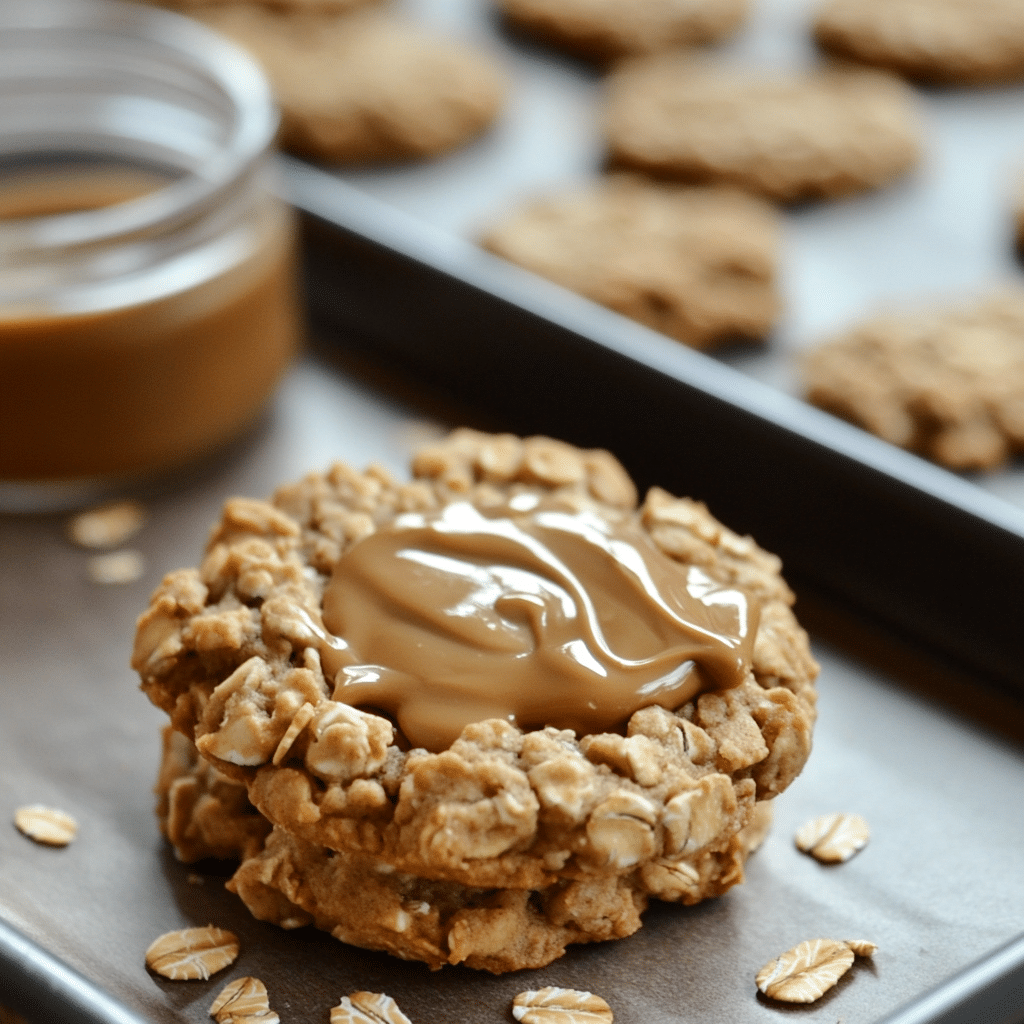
Ideal treat size for small, medium, and large dogs
When it comes to dog treats, size matters. Giving a Great Dane the same-sized cookie as a Chihuahua could result in overfeeding or choking.
| Dog Size | Recommended Cookie Size |
|---|---|
| Small (5–15 lbs) | Dime-sized or coin-sized bits |
| Medium (15–40 lbs) | Standard biscuit or cookie shape |
| Large (40+ lbs) | Larger bone or disc-sized treats |
If you have multiple dogs of varying sizes, consider baking a batch of differently sized cookies from the same dough.
Ingredient adjustments based on allergies or preferences
Every dog is unique. Some have allergies to eggs, grain sensitivities, or picky palates. Fortunately, dog cookies are easy to tweak.
Common ingredient swaps:
- Instead of eggs: use mashed banana or unsweetened applesauce
- Instead of oats: try brown rice flour or quinoa flakes
- Instead of peanut butter: almond butter (xylitol-free), pumpkin puree
You can also sneak in extras like:
- Ground flaxseed (for coat health)
- Chia seeds (for fiber and Omega-3s)
- Parsley (for fresher breath)
Be mindful not to overdo the mix-ins. Keep treats simple and easy to digest.
7. Storage Tips and Shelf Life of Homemade Dog Treats
How long peanut butter and oat cookies last
Homemade treats don’t have preservatives, which is good for your dog—but means they won’t last forever. Here’s what to expect:
- Room temperature (airtight container): up to 5–7 days
- Refrigerated: 10–14 days
- Frozen: up to 2 months
Store them in small batches and defrost only what you’ll use in the next few days.
Best storage practices to keep them fresh
For longer shelf life and better texture:
- Let cookies cool completely before storing
- Use airtight glass or BPA-free plastic containers
- Label batches with the made-on date
- Separate cookies with parchment paper to avoid sticking
If you notice any change in smell, texture, or mold growth, toss them. Your pup’s safety comes first.
8. Vet-Approved Dog Treat Practices
When to offer these treats and how often
Moderation is key. Even the healthiest treats should be given as a supplement—not a meal replacement.
Recommended treat frequency:
- Small dogs: 1–2 cookies per day
- Medium dogs: 2–3 cookies per day
- Large dogs: up to 4 cookies per day
Use cookies as positive reinforcement for training or reward. If your dog is on a restricted diet, consult your vet first.
Check out Homemade Pumpkin Peanut Butter Recipe for a vitamin-rich option your vet might approve.
Combining homemade treats with commercial food
It’s safe to feed your dog commercial food and homemade treats together—as long as you maintain nutritional balance. Monitor:
- Daily calorie intake
- Weight changes
- Stool consistency
Homemade cookies are great for enrichment but shouldn’t exceed 10% of total daily calories.
9. Common Mistakes When Making Dog Cookies at Home
Overcooking or using harmful additives
Some well-meaning pet parents bake treats too long, thinking crispier is better. But burnt or dry cookies can be hard on your dog’s teeth, especially for seniors.
Mistake #1: Overcooking
Fix: Check cookies around the 10-minute mark, especially for small ones.
Mistake #2: Adding vanilla extract or sugar
Fix: Skip flavorings meant for humans—dogs don’t need them.
Mistake #3: Ignoring ingredient labels
Fix: Always double-check store-bought items like peanut butter or oats for hidden sweeteners or additives.
Not adjusting portion size based on dog’s diet
Treats are meant to complement meals, not replace them. Over-treating can cause:
- Weight gain
- Upset stomach
- Behavioral problems
Stick to the “treats in moderation” rule, and adjust portions if your dog has gained or lost weight recently.
FAQ Section
Is peanut butter and oatmeal good for dogs?
Yes, when used in moderation, peanut butter and oatmeal are healthy for dogs. Peanut butter is a good source of protein and healthy fats, while oatmeal offers fiber and supports digestion. Just ensure the peanut butter is xylitol-free and the oats are plain.
Can dogs eat peanut butter oatmeal cookies?
Absolutely, as long as they’re made with dog-safe ingredients. Avoid sugar, chocolate, raisins, or artificial additives. Stick to simple, natural recipes like the ones in this article.
How do you make 3 ingredient peanut butter dog biscuits?
You can make them with peanut butter, oat flour, and an egg. Mix, shape, and bake at 350°F for about 10–12 minutes. It’s that easy and completely safe for dogs.
Can you mix peanut butter and oatmeal?
Yes! Peanut butter and oatmeal are a fantastic combo in dog treats. Just use unsweetened peanut butter and plain rolled oats for the safest mix.
What not to mix with oatmeal?
Avoid mixing oatmeal with xylitol, chocolate, raisins, sweeteners, or flavored oats. These can be harmful or even toxic to dogs.
Are peanut butter and oat cookies safe for puppies?
They can be safe for puppies over 8 weeks old if made with gentle ingredients. Use soft-bake or no-bake versions and give small pieces in moderation.
Conclusion
Peanut Butter and Oat Dog Cookies are more than a tasty snack—they’re a simple way to show love while supporting your pup’s health. From quick three-ingredient recipes to oven-baked biscuits tailored to your dog’s size, these homemade treats are cost-effective, customizable, and wholesome.
Whether you’re training a new pup or pampering your senior dog, these cookies offer a safe, satisfying option. With the right ingredients and a few safety tips, you’ll be serving tail-wagging goodness in no time.
Discover more easy DIY options in our Pumpkin and Peanut Butter Dog Treats guide.
For more recipes follow me on PINTEREST
PrintPeanut Butter and Oat Dog Cookies: The Healthy Treat Your Pup Will Love
These healthy, homemade peanut butter and oat dog cookies are packed with natural ingredients your pup will love. Made with just three simple ingredients—oat flour, peanut butter, and egg—these treats are soft enough for puppies and chewy enough for senior dogs. Perfect for a daily snack or training reward.
- Prep Time: 10 minutes
- Cook Time: 12 minutes
- Total Time: 22 minutes
- Yield: 20 small cookies 1x
- Category: dog food
- Cuisine: american
Ingredients
-
1 cup oat flour (or finely ground rolled oats)
-
1 cup natural peanut butter (unsalted, xylitol-free)
-
1 large egg
Instructions
-
Preheat oven to 350°F (175°C) and line a baking sheet with parchment paper.
-
In a bowl, combine oat flour, peanut butter, and egg. Mix until dough forms.
-
Roll out dough on a lightly floured surface to ¼-inch thickness.
-
Cut into desired shapes using a cookie cutter.
-
Place on baking sheet and bake for 10–12 minutes or until lightly golden.
-
Let cookies cool completely before serving. Store in an airtight container.
Nutrition
- Serving Size: 20 small cookies
- Calories: 55 kcal
- Sugar: 0.2 g
- Sodium: 10 mg
- Fat: 3.8 g
- Carbohydrates: 3.6 g
- Fiber: 0.9 g
- Protein: 2.1 g

